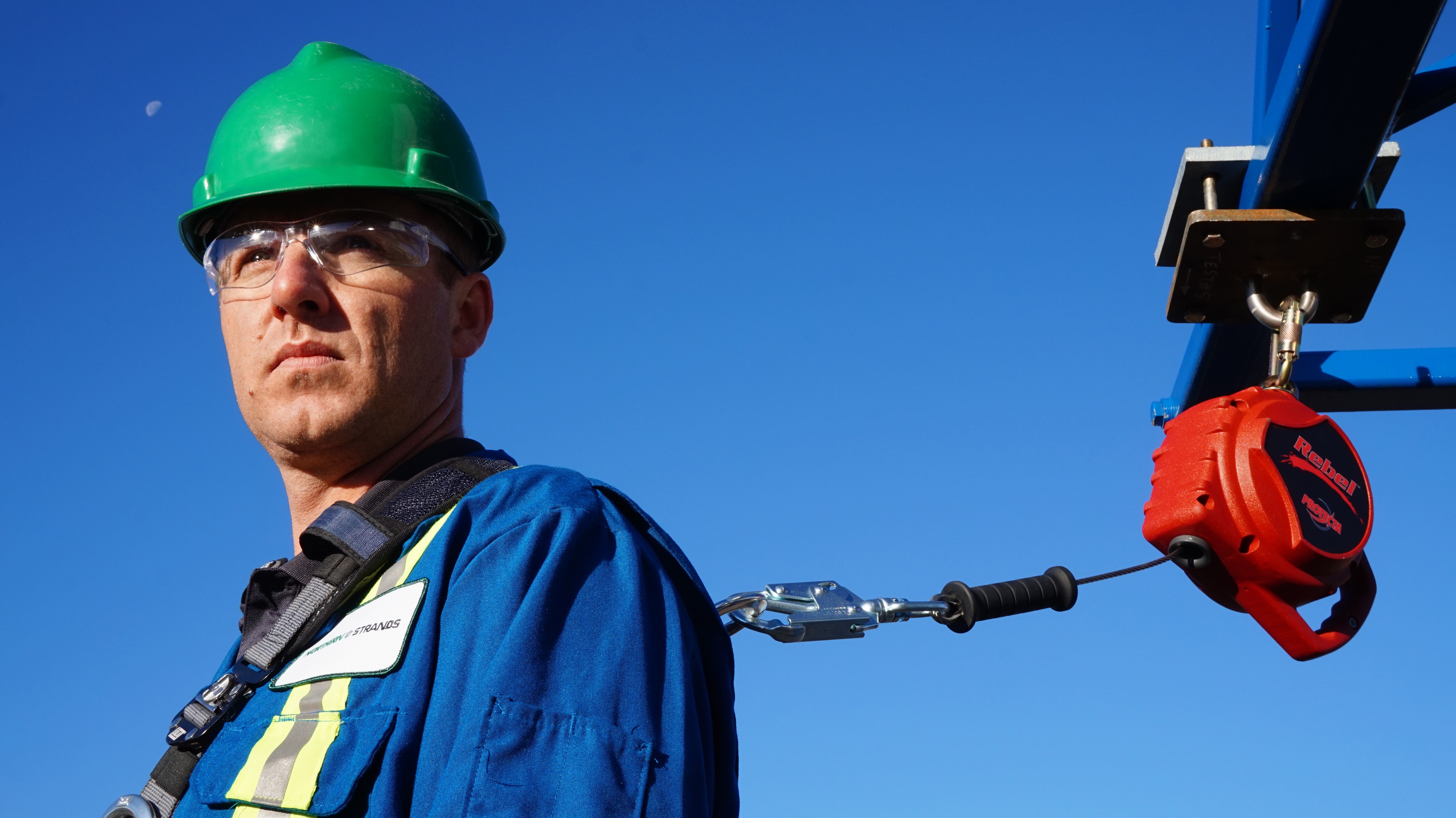Our Safety Trainers are often asked questions like, "Who can inspect fall protection equipment" and "How often should you inspect a Safety Harness?"
A proper fall protection course will surely have taught its learners how to don a harness and more importantly, that it, and the rest of their equipment, must be inspected prior each use as well as how to perform these pre-use inspections. The course may have even mentioned that the equipment must also be inspected annually by a ‘competent’ person.
This ‘competent inspector’ is often a source of great panic as companies scramble to find a course that gives them what they think they want insofar as ‘qualifications’ go. Many times our training department gets asked if we offer a competent inspector course for fall arrest gear to which we normally respond with a question of our own: “if someone is potentially relying on this gear to arrest a fall and save their life, who should be more competent than them to inspect it?”
Especially given that the exact requirement as specified in manufacturer manuals for fall arrest equipment far and wide is that the equipment be inspected by a competent person other than its principle user, it would seem that the manufacturers are on the same page. The manufacturers themselves are not in the habit of bestowing some special title on someone that certifies them as being a special inspector that is somehow more qualified than the users of the equipment. They also agree that whosoever may need this equipment to save their lives should surely be also be fully capable of inspecting it. That is why the Northern Strands Fall Protection course has hands on inspection of harnesses as a key focus of the training.
In this part of the course learners are led through what to look for on a harness, what is acceptable and what is not, and ways of preventing that sort of damage from happening in the first place. Students are guided on how to look through harnesses to ensure that the buckles, D-Rings, grommets and other hardware are not deformed, cracked, corroded, nicked, gouged or otherwise damaged. They are shown how to assess the webbing to ensure that there are no burns/melting, abrasion, cut fibres, UV-damage or broken stitches. The course also teaches learners how to verify that the tags on the harness are attached and legible, as well as how to check to see if the equipment has been used to arrest a fall, as fall arrest equipment is only rated for one save.
So essentially every company that uses fall arrest and employs trained, competent fall arrest users can take care of itself, but as we all know this is not always the case. One such example is when companies do not assign individual harnesses to their personnel, and instead crews will share a handful of harnesses. In situations like these, all of the competent users at the company are also all the principle users of the equipment, so how could one possibly satisfy the manufacturer’s the annual inspection requirements? Well, in cases like this, Northern Strands has you covered as well with our fall protection inspection service. Simply drop off all of the gear you want inspected and let our in-house, competent fall arrest users take care of it for you.
If you ever have any doubts about inspecting your fall protection equipment, call Northern Strands and we can make arrangements to either teach you how to do it properly yourself, or we can inspect it for you.
For Fall Arrest Training or Harness Inspections:
Call 306-242-7073
Email: training@northernstrands.com
website: https://www.northernstrands.com/training.aspx
